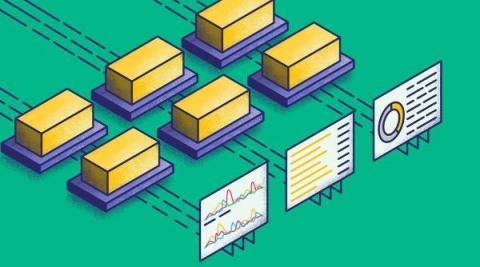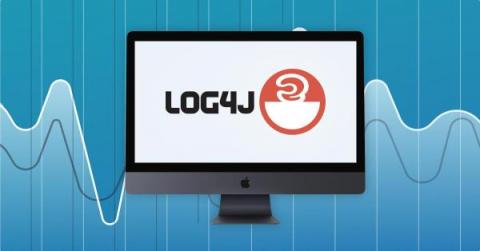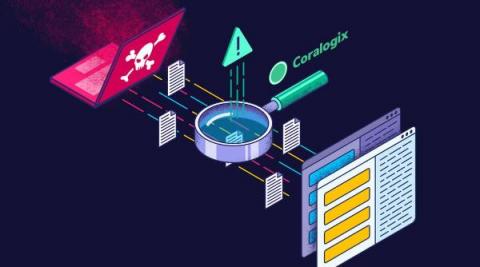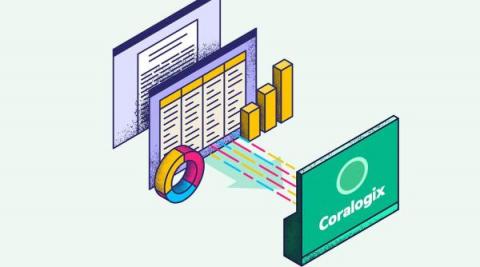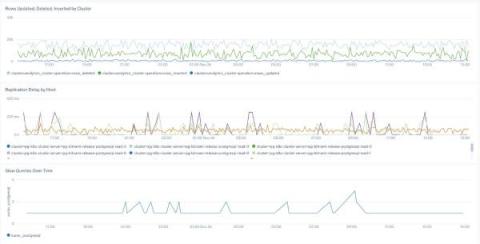ICYMI: Feature Updates
LogDNA is always looking forward and constantly developing new and innovative solutions to the problems developers and enterprises face as they manage their logs and data. Here’s a recap of our latest product releases and info on how you can get your hands on them.



